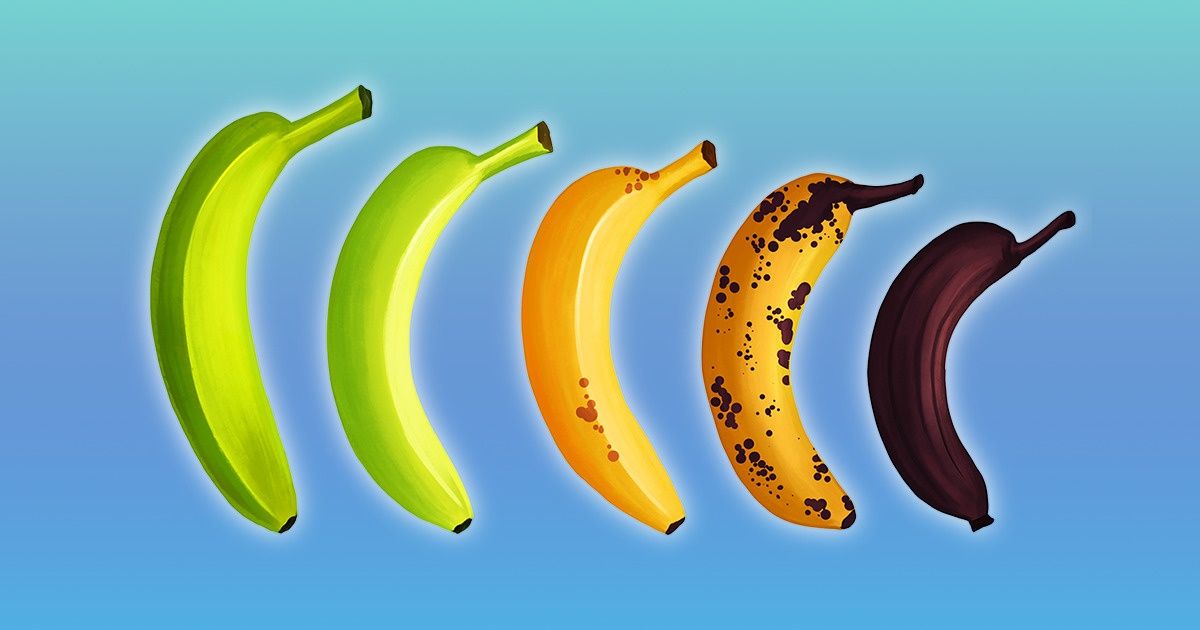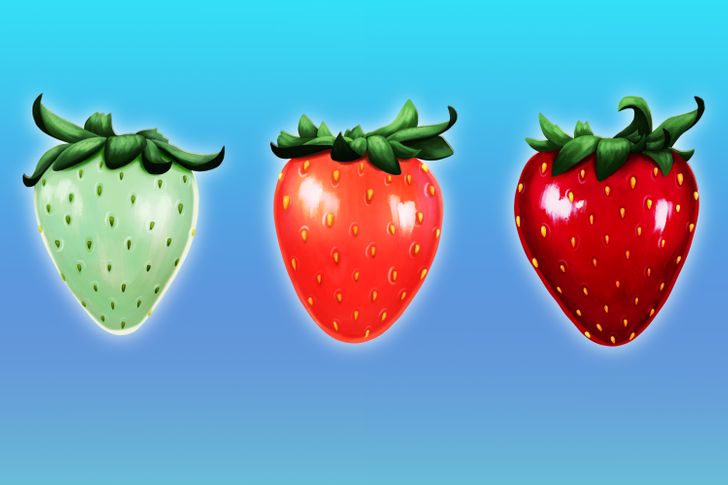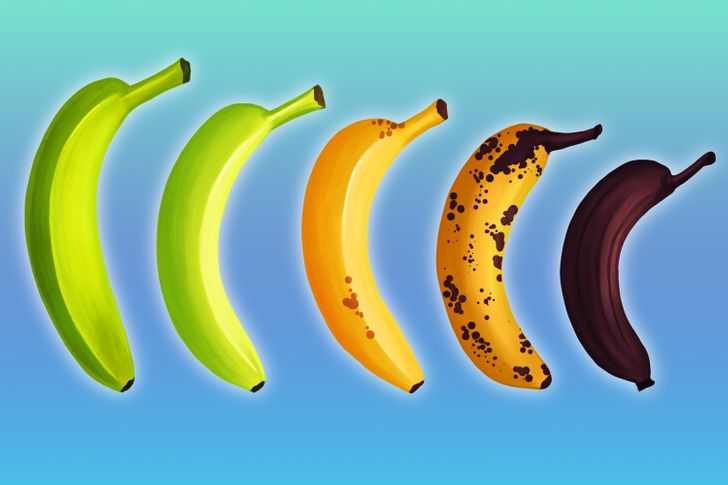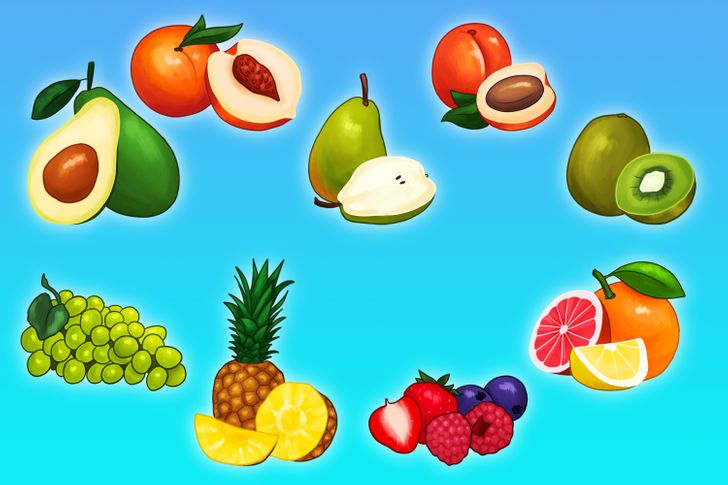What Fruits Continue to Ripen After Picking, and Why This Happens

A bunch of green bananas becomes a bunch of overripe bananas within a couple of days — a situation familiar to many. Why does this happen? The fruits have long been harvested from the tree, but they still continue to ripen.
5-Minute Crafts would like to tell you about why some fruits and vegetables continue to ripen, even after picking.
Why fruits change color during ripening

Unripe vegetables, fruits, and berries are often green, but they change their color during ripening. This color change is associated with the work of colored pigments in plant cells. Initially, the cells of a fruit contain a large amount of the green pigment chlorophyll. As a fruit or vegetable ripens, the chlorophyll breaks down and is replaced by other colored pigments — carotenoids or anthocyanins. They determine the final color of the ripe fruit.
How fruits ripen

As the plant absorbs water with nutrients dissolved in it from the soil, the plant’s fruits gradually grow and increase in size. The fruit cells accumulate sugar, starch, water, vitamins, minerals, and other compounds.
Over time, the active breakdown of starch begins inside the fruit. It breaks down to simple sugars (fructose, glucose, and sucrose), which give the fruit a sweet taste. At the same time, inside the fruit the amount of alkaloids, the plant compounds that give the fruit a bitter taste, decreases.
As the fruit ripens, cell walls surrounding each plant cell begin to gradually break down and the fruit becomes softer.
As it ripens, the fruit also synthesizes complex compounds that we smell when we breathe in the aroma of the fruit.
Why some fruits continue to ripen after being harvested

Although all fruits, vegetables, and berries undergo changes after being harvested, not all of them can continue to ripen.
Some fruits can become juicy and ripe only on the mother plant. Once harvested, they can’t become sweeter, since they don’t accumulate starch during the ripening process. When nutrients, including starch, no longer enter the fruit from the plant, its ripening stops. These fruits should be harvested at the peak of their ripeness. And you need to eat them as soon as possible.
This is typical for different types of berries, grapes, citrus fruits, and pineapples.
Other fruits continue to ripen even after being harvested, becoming more tasty and aromatic. This is due to increased cellular respiration, during which fruits or vegetables produce ethylene. The initially low concentration of ethylene causes the fruit to produce more and more gas until its peak concentration is reached. Ethylene affects fruits, causing an increase in their metabolism and provoking the changes that usually occur during ripening.
Fruits that can ripen after picking include bananas, peaches, nectarines, apricots, mangoes, kiwi, pears, avocados, persimmons, and tomatoes.